When it comes to recording electric guitars directly into an audio interface or mixer, the DI (Direct Injection) box plays a crucial role in ensuring optimal signal quality. One of the most critical yet often overlooked aspects of this process is impedance matching. The relationship between a guitar’s pickups and the DI box’s input impedance can make or break the tone, clarity, and overall fidelity of the recorded signal.
Electric guitars, particularly those with passive pickups, are highly sensitive to impedance loads. A typical passive guitar pickup operates best when connected to a high-impedance input, usually in the range of 1MΩ (megaohm) or higher. This high impedance ensures that the pickup’s natural frequency response remains intact, preserving the instrument’s tonal characteristics. If the input impedance of the DI box is too low, it can result in a dull, lifeless sound with a noticeable loss of high-end clarity.
Active DI boxes, which include a built-in preamp, often feature adjustable input impedance to accommodate different sources. However, passive DI boxes, which are more commonly used in live sound scenarios, typically have a fixed input impedance. This is where the mismatch can occur. For instance, a passive DI box with an input impedance of 10kΩ would be far too low for a guitar’s passive pickups, leading to significant tonal degradation. In such cases, an active DI box or a dedicated high-impedance instrument input on an audio interface is the better choice.
The output impedance of the DI box also plays a role in the signal chain. Most professional DI boxes have a low output impedance, usually around 100-600Ω, which is ideal for driving long cable runs without signal loss. This low output impedance ensures that the signal remains robust and noise-free as it travels to the mixer or audio interface. However, the interaction between the DI box’s output impedance and the input impedance of the next device in the chain should also be considered to avoid further impedance-related issues.
Another factor to consider is the cable capacitance, which can interact with the guitar’s impedance to form a low-pass filter. High-capacitance cables can exacerbate high-frequency loss, especially when paired with a low-impedance DI input. Using low-capacitance cables and ensuring proper impedance matching can help mitigate this issue. Some high-end DI boxes even include variable impedance controls, allowing engineers to fine-tune the input load to match the specific characteristics of the guitar being used.
In studio environments, where tonal accuracy is paramount, impedance matching becomes even more critical. Engineers often experiment with different DI boxes and impedance settings to find the sweet spot for each guitar and pickup combination. For example, a vintage-style single-coil pickup might benefit from a slightly lower impedance load to tame excessive brightness, while a high-output humbucker might require the full 1MΩ input to maintain its aggressive character.
Live sound engineers face additional challenges, as they often need to balance impedance matching with practicality. In a fast-paced gig environment, using an active DI box with a high-impedance input can save time and ensure consistent tone across different guitars. Some modern DI boxes even feature automatic impedance sensing, adjusting the input load dynamically to match the connected instrument. This can be a game-changer for touring musicians who switch between multiple guitars with varying pickup types.
Ultimately, understanding impedance matching in the context of guitar DI boxes is essential for achieving professional-quality sound. Whether in the studio or on stage, paying attention to this often-neglected detail can mean the difference between a thin, lackluster tone and a rich, full-bodied sound that captures the true essence of the instrument.
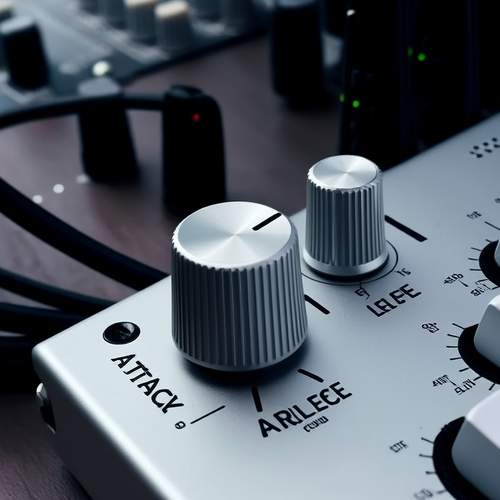
By /May 30, 2025
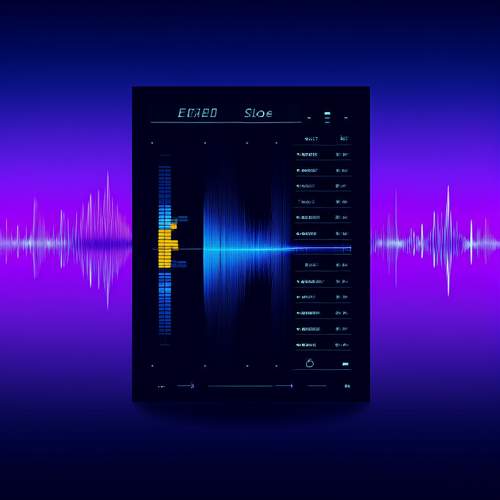
By /May 30, 2025
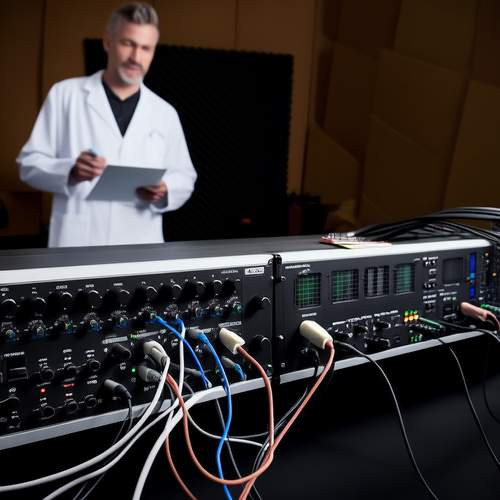
By /May 30, 2025
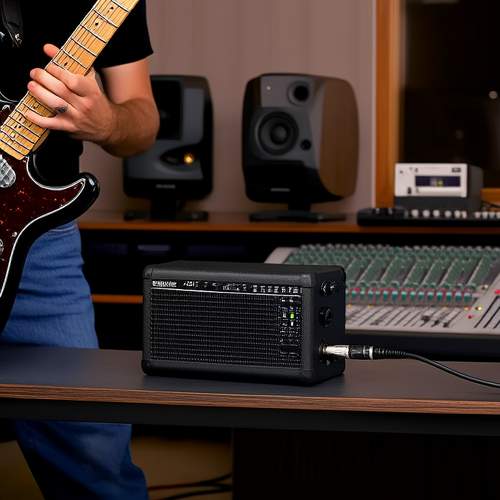
By /May 30, 2025

By /May 30, 2025

By /May 30, 2025

By /May 30, 2025
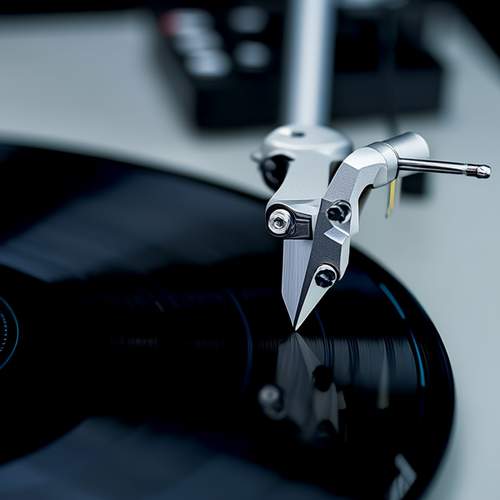
By /May 30, 2025

By /May 30, 2025

By /May 30, 2025

By /May 30, 2025

By /May 30, 2025

By /May 30, 2025

By /May 30, 2025

By /May 30, 2025
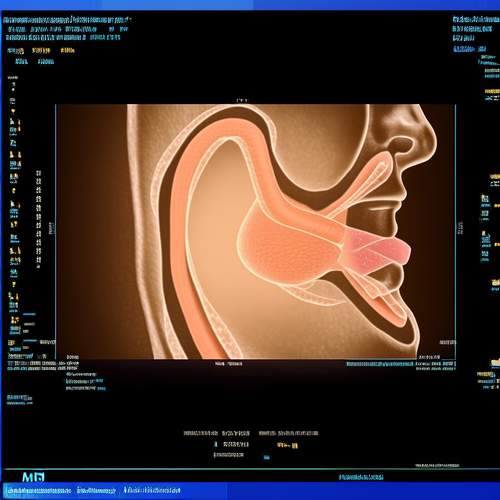
By /May 30, 2025

By /May 30, 2025

By /May 30, 2025

By /May 30, 2025
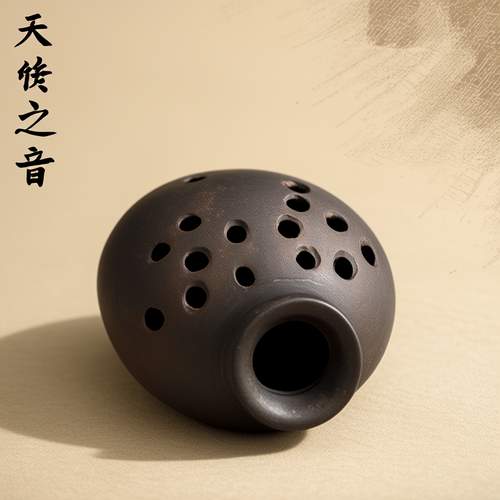
By /May 30, 2025